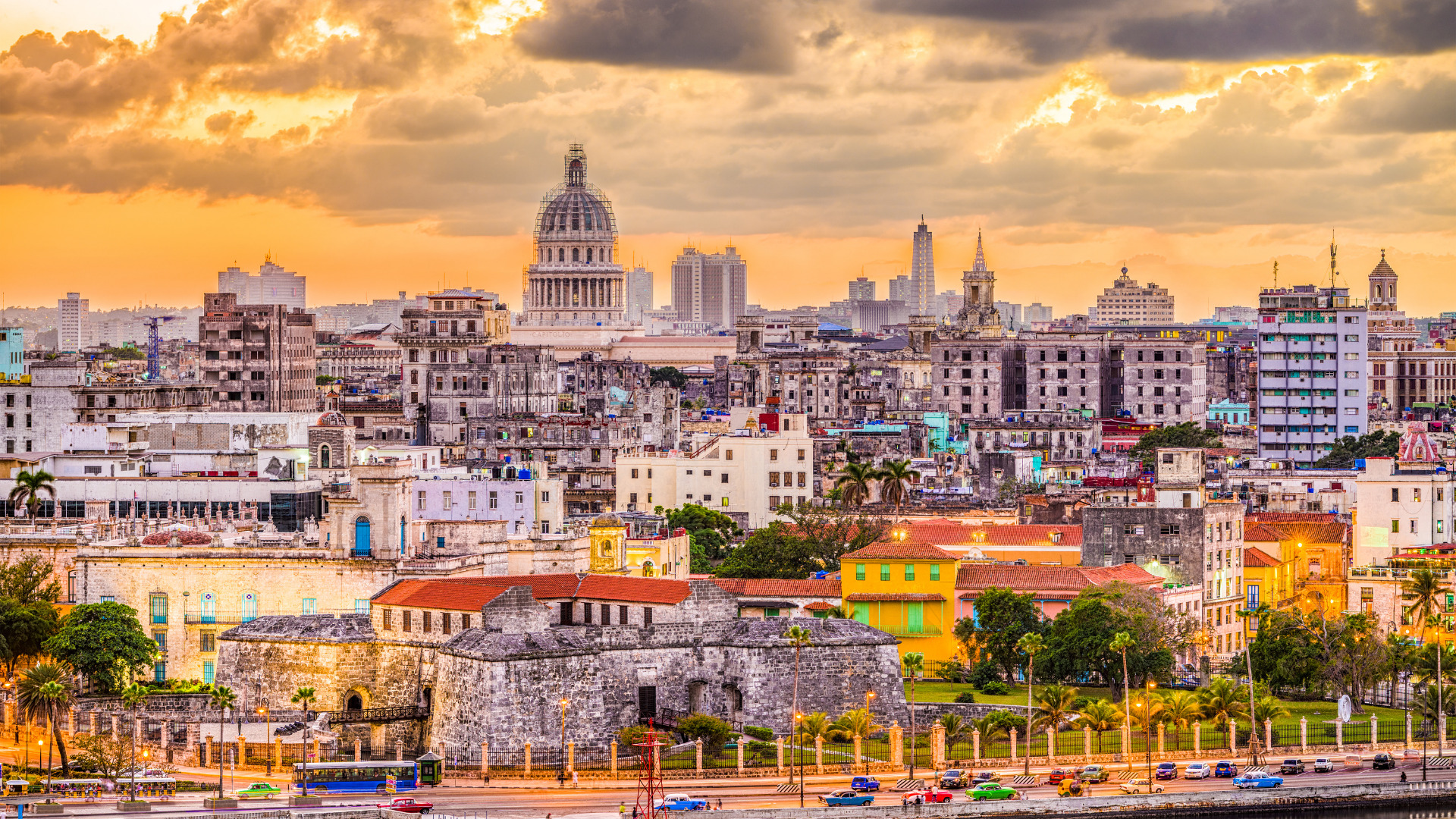Date first published: 15/03/2018
Key sectors: all
Key risks: political stability; policy continuity
19 April will mark the end of the Castro era in Cuba. On that day, the National Assembly’s 605 lawmakers endorsed in the 11 March one-party vote are expected to elect 57-year old First Vice President Miguel Diaz-Canel as the communist country’s next president. The transition of power to a non-Castro president for the first time in almost 60 years is expected to be a heavily controlled affair. However, even if it will take place within the ruling Communist Party of Cuba (PCC), the country will be faced with the challenge of accommodating a new generation of leaders born after Fidel Castro’s 1959 revolution. Diaz-Canel, 86-year old President Raul Castro’s chosen successor, will have to find a balance between implementing reforms to avoid deepening a fragile economic situation, which could increase political risks, and ensuring stability within the PCC by further entrenching the revolution’s key values, which would heighten economic risks. Raul Castro plans to remain the PCC’s first secretary until 2022, when the next party Congress will take place. No major radical changes should be expected at least until then.
Despite delays and a difficult internal and external context, Raul Castro seems determined to step down. Originally scheduled to do so on 19 February, in December 2017 his term was extended by two months with the National Assembly citing the devastating effects of Hurricane Irma. Municipal elections had already been postponed by a month to 26 November also due to Irma. Cuba’s struggling economy, the effects of the Venezuelan crisis and the partial roll-back of US rapprochement to the island could have led Castro to consider remaining in power instead of trusting a successor to deal with these issues. The risk of further delays significantly decreased after the 11 March vote and the transition appears to be on track.
Miguel Diaz-Canel is expected to stick to continuity at least during his first years in office. He will execute policies defined by the PCC’s politburo and Castro will retain a strong position within the party. Any move towards change will be gradual at best, particularly given US President Donald Trump’s decision to harden the US’s stance against the communist regime. Diaz-Canel will have Castro’s support but will also need to make sure the PCC backs him given that not all PCC members were fully supportive of Castro’s reform agenda. Diaz-Canel has recently made strong statements vowing for continuity, including one indicating that he would not accept any kind of fracture within the PCC and rejecting demands to change the one-party system. Such statements could indicate an incipient pressure – or need – to show unity, avoid fractures and ease any potential PCC internal concerns over the future of communist Cuba.
Radical change could lead to internal instability, PCC fractures and potential public discontent. A fracture within the PCC could in lead to the radicalisation of the party’s – and Diaz-Canel’s – discourse. Despite these potential risks, the most likely scenario is that the PCC will continue to dominate the political scene without major fractures within the party. The economic reforms are likely to be implemented at a very low pace and no major substantial changes are expected at least until the leadership transition is successfully completed. The strictly controlled one-party system and the suppression of all public dissent are likely to continue as they have so far given excellent results when it comes to ensuring stability and governability.



